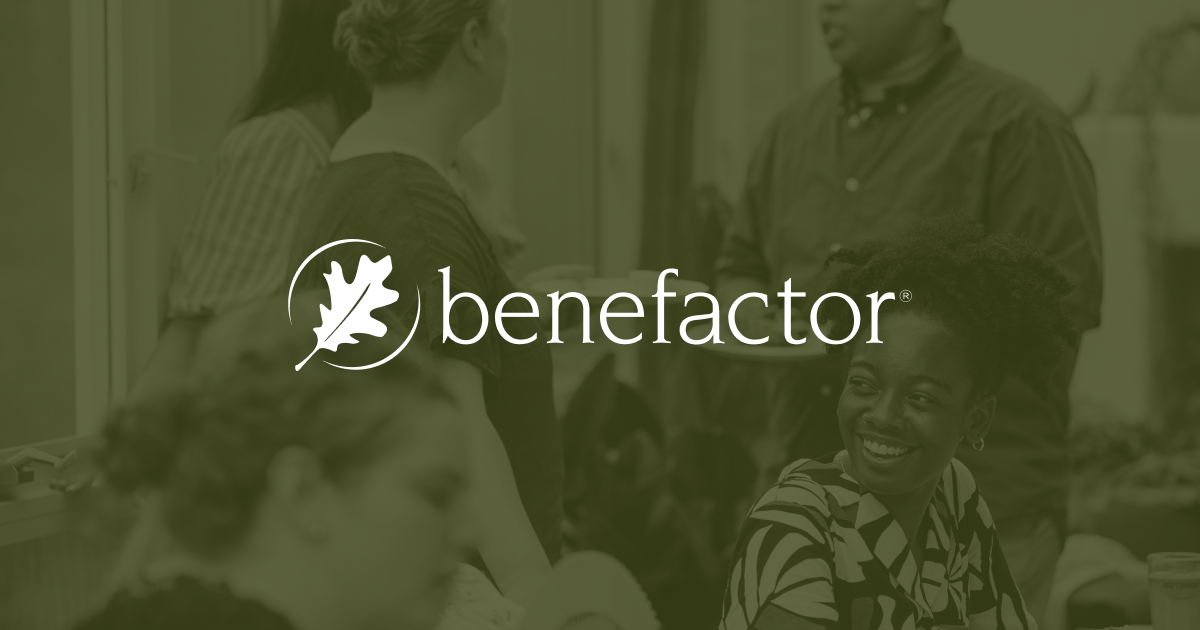Cultivating selected prospective donors for planned gifts, usually received after their lifetimes, is a skill and an art. It requires thoughtful planning and follow-through, as well as staff and board commitment and participation. Remember that legacy gifts take time and patience; often you’ll have many conversations with a donor before he or she actually completes a legacy gift.
The payoff from planned gifts can be extraordinary. For the donors, their planned gifts are frequently the largest gifts the donors will ever make. They feel great satisfaction in making significant investments in the future impact of the organization. If they notify the organization of their gift, they will become members of the legacy society and often qualify for additional long-term recognition.
For the organization, donors who have made planned gift commitments will likely be among your most loyal and engaged donors for the rest of their lives. Their eventual gift to your organization may be a hundred or a thousand times their typical annual gifts. About half of such gifts are unrestricted, meaning the board of directors can apply the money to your organization’s highest priorities. Other gifts are designated for endowment or particular purposes (such as programs and services). How, you may ask, do I talk with donors about making such commitments to my organization?
Here are my top ten suggestions for talking with donors about legacy giving.
1. Do not mention “money” or “death.” These are uncomfortable topics for most people to consider. We humans:
- do not want to acknowledge that we, ourselves, are aging;
- do not want to confront our eventual mortality;
- do not want to look at the reality (good or bad) of our financial situation;
- do not want to analyze family dynamics and issues;
- do not want to weigh obligations to family members against commitment to our communities and favorite charitable organizations.
And in some cultures—Asian American, Latino, African American, Native American—individuals may consider such words as money and death as inappropriate, bad luck, or simply rude. Consider euphemisms such as “after your lifetime,” “assets,” “eventually,” “estate gifts,” “if something should happen,” “Leave A Legacy.”
2. Select people who have already made contributions to your organization for at least five years. Consistency of giving demonstrates loyalty. Other criteria for including people on your list of prospective legacy donors are age (50+) and level of engagement with your organization (loyal volunteers, current and former board members, longtime program participants).
3. Research each donor’s background, occupation, volunteer activities, association with your organization, giving history, and length and continuity of giving (rather than size of gift). Often board members or active volunteers may know the donor personally and can give you tips about the family, special interests, and other specific information.
4. Establish a personal face-to-face meeting, which has been proven time and again to be more effective than a phone call. Ask the person most likely to be successful (often a board member) to set up an appointment for you to meet the prospect in person. Invite the board member to accompany you to the meeting.
5. Ask donors about themselves and their families, their interests, their values, etc. You are looking for the intersection of the donors’ values and the organization’s mission and goals.
- Write down several open-ended questions to get the conversation going. (See our Sample Questions for Prospective Legacy Donors)
- Follow the conversational lead of the donor.
6. Discover donors’ philanthropic motivations. Why do they give? How do they give? How are their giving decisions made?
- Listen for values of importance and passion about particular programs.
- Listen for personal desires such as more income in retirement, less taxes, care for a loved one, etc.
7. Set up the next meeting with a purpose:
- to ask their advice about a specific program/project;
- to visit the facility;
- to meet a specific staff member;
- to learn more about giving options.
8. Ask advice. Talk about the donors’ history with your organization and their vision(s) for the organization. Think together about what it will take to make that happen. Take notes of the conversation.
9. Ask how the donors see themselves as contributing to the vision.
10. After donors have made their commitment, thank them sincerely. Ask for permission to tell their stories. Keep in personal contact at least annually and invite to all recognition events.
Interested in learning more about endowment building and planned giving? Contact [email protected] if you’d like to talk further about Planned Giving.





